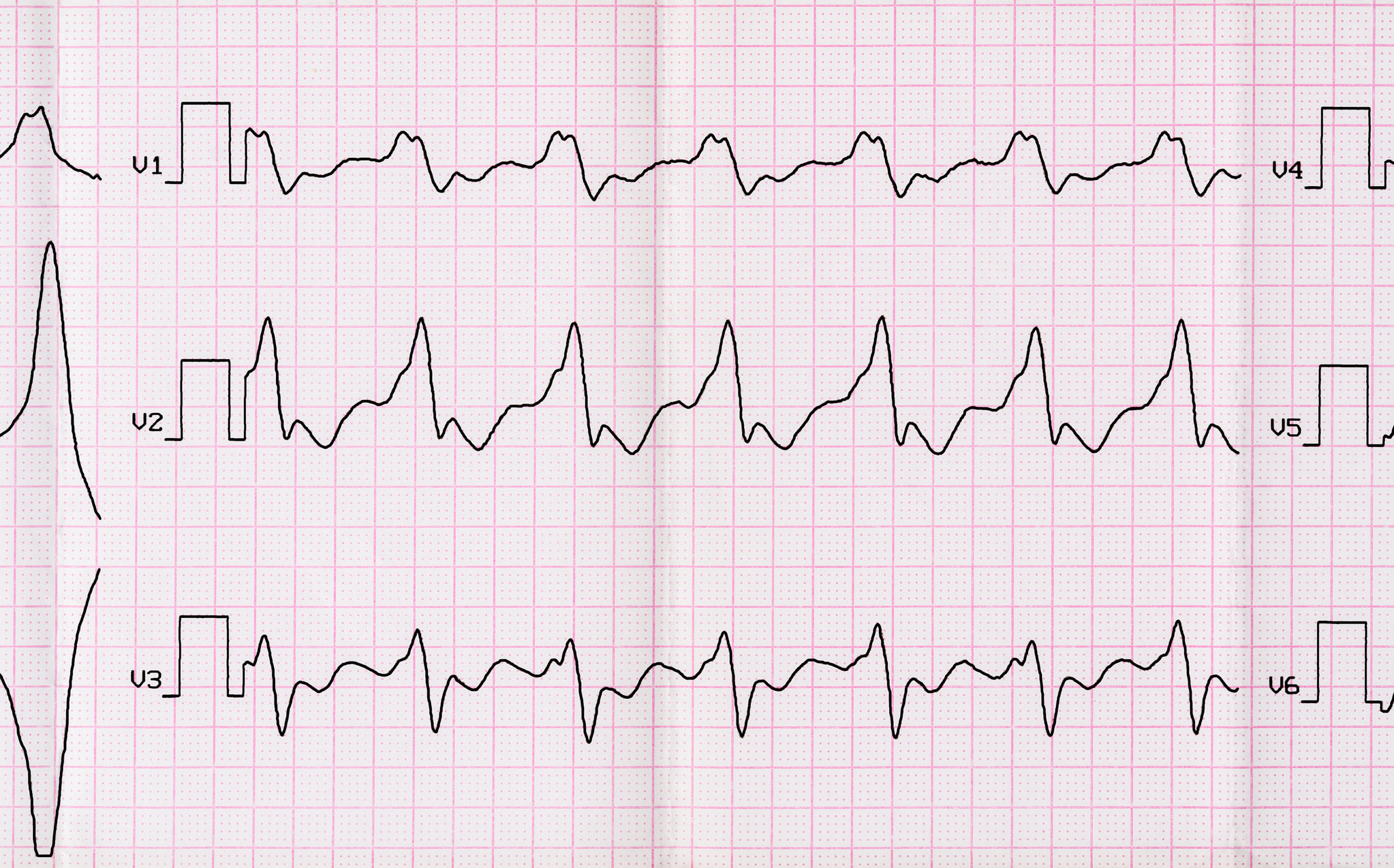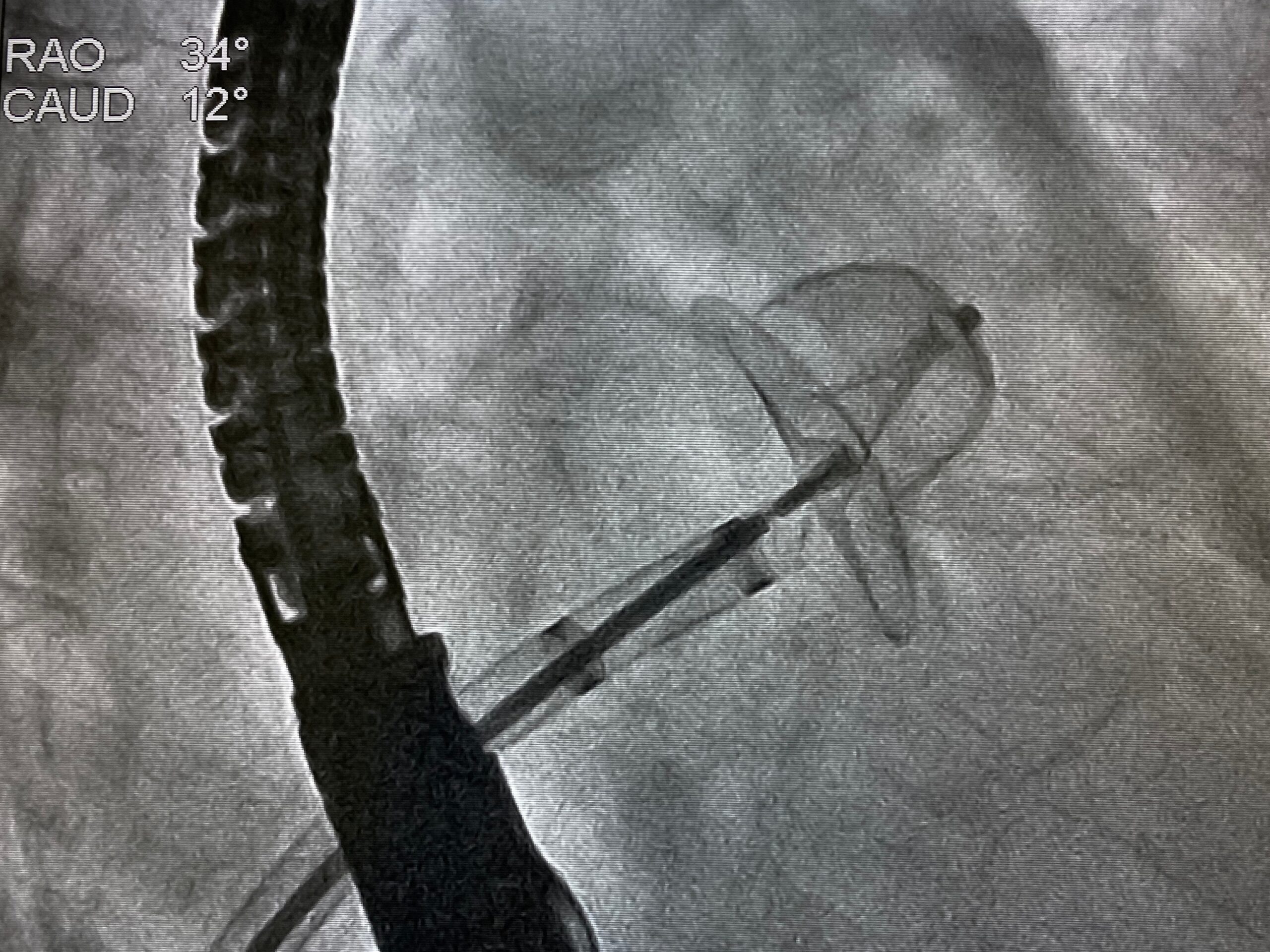
In a study in the Annals of Noninvasive Electrocardiology, researchers compared prognosis and quality of life among different interventions for patients with atrial fibrillation. The study’s authors reported that radiofrequency ablation and catheter ablation plus percutaneous left atrial appendage closure (the “one-stop” procedure) were superior to drug therapy and left atrial appendage closure (LAAC) in terms of cardiac function.
The study enrolled 160 patients with atrial fibrillation from June 2019 to June 2021, and divided them evenly into 4 intervention groups: drug treatment, radiofrequency ablation (RFA), “one-stop” procedure, and LAAC. The primary end points were Minnesota quality of life score (MLHFQ), left ventricular ejection fraction (LVEF), left atrial anterior and posterior diameters (LAD), and adverse events at 1 year.
Comparing Atrial Fibrillation Interventions: 1- Year Prognosis and Quality of Life
According to the researchers, the 4 interventions had statistically different outcomes for the primary end points (P<.01). From lowest to highest, the ordering for MLHFQ was RFA, followed by “one-stop” procedure, drug treatment, and then LAAC (P<.01).
Likewise, the RFA group showed the highest LVEF, again followed by “one-stop” procedure, drug treatment, then LAAC (P<.01). The ordering was the same for LAD measures, with the RFA and “one-stop” groups having the smallest diameters, followed by drug treatment then LAAC (P<.01).
Compared with baseline, both the RFA and “one-stop” procedures groups had increased LVEF and decreased MLHFQ and LAD outcomes (P<.01). Conversely, the LAAC group had increased MLHFQ and LAD scores and decreased LVEF measures (P<.01) compared with baseline. Investigators noted the changes in the drug treatment group were not statistically significant (P>.05).
Additionally, the authors found no significant differences in adverse events between the 4 interventions (P<.01), though they did add that the rate of events was lowest in the RFA group and highest in the LAAC group.
Overall, the researchers suggested radiofrequency ablation and the “one-stop” procedure can improve quality of life, cardiac function, and rate of adverse events in patients with atrial fibrillation.
Find Other Reports on the Atrial Fibrillation Knowledge Hub







 © 2025 Mashup Media, LLC, a Formedics Property. All Rights Reserved.
© 2025 Mashup Media, LLC, a Formedics Property. All Rights Reserved.